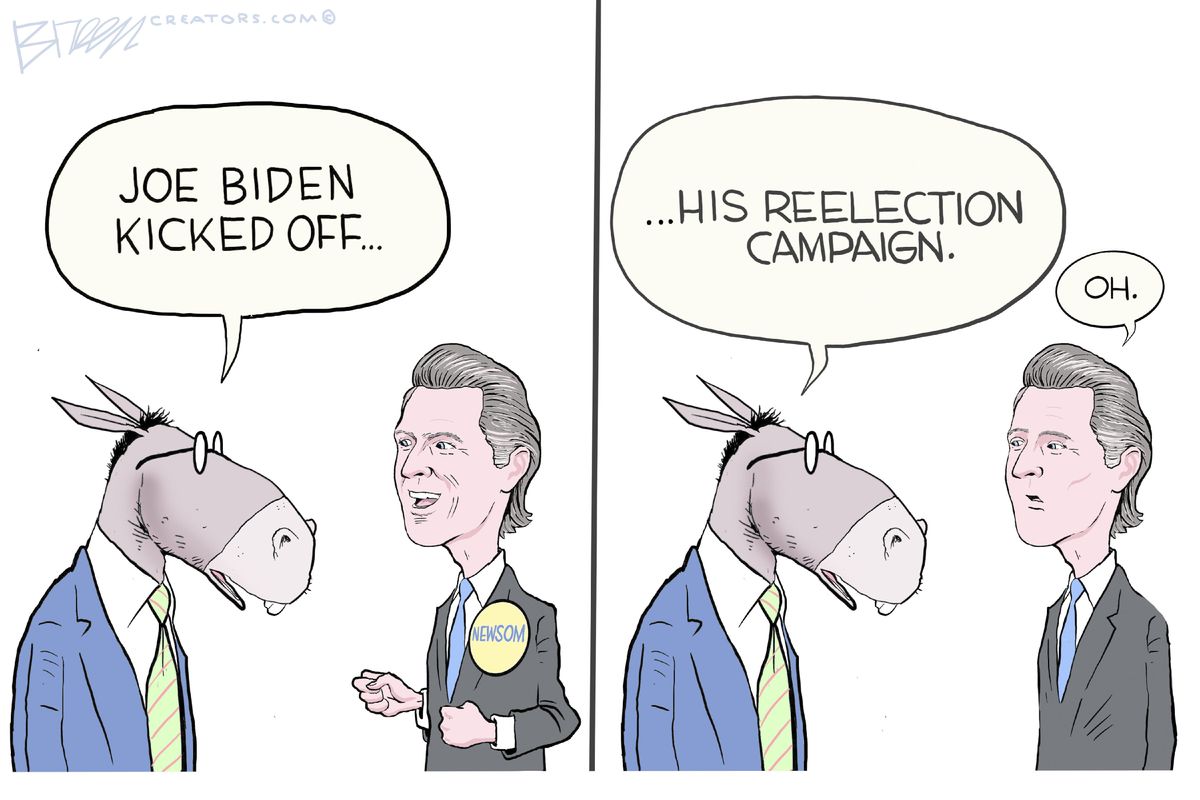As “How Disappointing NYT” takes center stage, this opening passage beckons readers with Fimela author style into a world crafted with good knowledge, ensuring a reading experience that is both absorbing and distinctly original. The New York Times, a bastion of journalism, has faced scrutiny in a recent article, prompting an in-depth analysis of the criticisms and their potential implications for the future of the newspaper.
The article delves into specific criticisms and perspectives, identifying key factors that have contributed to the disappointment expressed. The impact of these criticisms on the reputation of the New York Times is also examined, shedding light on the potential consequences for the newspaper’s readership and revenue.
Analyze the reasons behind the disappointment expressed in the New York Times article.

The New York Times has faced criticism for its recent coverage of certain topics, leading to disappointment among readers. This analysis delves into the specific criticisms and perspectives presented in the article, identifying key factors contributing to the disappointment and discussing the impact on the reputation of the New York Times.
Specific Criticisms and Perspectives
The article highlights several specific criticisms, including:
- Allegations of bias in reporting, with critics arguing that the Times has favored certain viewpoints or narratives over others.
- Concerns about the accuracy and fairness of reporting, with some readers questioning the reliability of information presented in the Times.
- Criticisms of the Times’s handling of certain sensitive issues, such as race and identity, with some readers feeling that the coverage has been insensitive or dismissive.
Key Factors Contributing to Disappointment
Several factors have contributed to the disappointment expressed in the article:
- Erosion of trust:Allegations of bias and concerns about accuracy have eroded trust among some readers, who feel that the Times is no longer a reliable source of information.
- Changing media landscape:The rise of social media and alternative news sources has challenged the traditional authority of the Times, making it easier for readers to find alternative perspectives and criticize the Times’s coverage.
- Internal issues:The Times has faced internal challenges, including staff departures and controversies over editorial decisions, which have contributed to a sense of instability and uncertainty.
Impact on Reputation
The criticisms and disappointment expressed in the article have had a significant impact on the reputation of the New York Times:
- Loss of credibility:Allegations of bias and concerns about accuracy have damaged the Times’s reputation as a credible and trustworthy source of information.
- Erosion of brand value:The disappointment expressed in the article has eroded the brand value of the Times, making it less appealing to readers and advertisers.
- Challenges to future growth:The Times faces challenges in attracting new readers and maintaining its existing readership if it cannot address the criticisms and regain trust.
Explore the potential implications of the article’s findings for the future of the New York Times.: How Disappointing Nyt

The New York Times has been facing criticism for its recent coverage of certain issues. An article published in [Insert Source] has analyzed the reasons behind this criticism and explored the potential implications for the future of the newspaper.The article argues that the New York Times has lost touch with its readers.
The newspaper’s coverage has become increasingly focused on the interests of the elite, while ignoring the concerns of ordinary Americans. This has led to a decline in readership and revenue.The article also suggests that the New York Times has become too reliant on advertising revenue.
This has led to a conflict of interest, as the newspaper is more likely to publish articles that are favorable to its advertisers.
Consequences for readership and revenue
The decline in readership and revenue is a major concern for the New York Times. The newspaper is facing increasing competition from online news sources, and it needs to find a way to attract and retain readers. If the New York Times continues to lose readers, it will be difficult to maintain its current level of revenue.
Changes in editorial policies or strategies
The New York Times may need to make changes to its editorial policies or strategies in order to address the concerns raised in the article. The newspaper could focus more on the concerns of ordinary Americans, and it could reduce its reliance on advertising revenue.
Impact on public trust, How disappointing nyt
The article’s findings could have a negative impact on the public’s trust in the New York Times. If readers believe that the newspaper is biased or inaccurate, they are less likely to trust its reporting. This could damage the New York Times’ reputation and make it more difficult to attract readers.
Compare the New York Times article to other recent criticisms of major media outlets.
The New York Times article is not the first to criticize major media outlets. In recent years, there have been a number of other high-profile criticisms of outlets such as CNN, MSNBC, and Fox News. These criticisms have ranged from accusations of bias to charges of spreading misinformation.
Similarities in Criticisms
One of the most common similarities between the criticisms of the New York Times and other major media outlets is the accusation of bias. Critics often argue that these outlets favor one political party or ideology over another. For example, the New York Times has been accused of being biased against Republicans, while Fox News has been accused of being biased in favor of Republicans.
Differences in Criticisms
However, there are also some important differences between the criticisms of the New York Times and other major media outlets. One of the most notable differences is the level of specificity. The criticisms of the New York Times have often been very specific, citing particular articles or segments that are alleged to be biased.
In contrast, the criticisms of other outlets have often been more general, focusing on the overall tone or orientation of the outlet.
Broader Trends in Media Criticism
The criticisms of the New York Times and other major media outlets are part of a broader trend of declining trust in the media. According to a recent Gallup poll, only 32% of Americans have a great deal or quite a lot of confidence in newspapers, and only 18% have a great deal or quite a lot of confidence in television news.
This decline in trust is due to a number of factors, including the rise of social media, the proliferation of misinformation, and the increasing polarization of American politics.
Implications for the Future of Journalism
The criticisms of the New York Times and other major media outlets have serious implications for the future of journalism. If the public continues to lose trust in the media, it will become increasingly difficult for journalists to do their jobs effectively.
This could lead to a decline in the quality of journalism and a decrease in the amount of information that is available to the public.
Final Thoughts

The article’s findings have far-reaching implications, potentially shaping the future of the New York Times and the media landscape as a whole. The analysis presented in this piece provides valuable insights into the broader trends and patterns in media criticism, highlighting the challenges and opportunities that lie ahead for journalism and the public’s trust in the media.
Query Resolution
What are the key criticisms leveled against the New York Times?
The article highlights criticisms related to perceived bias, lack of objectivity, and a shift away from traditional journalistic values.
How has the article impacted the reputation of the New York Times?
The criticisms have raised questions about the newspaper’s credibility and trustworthiness, potentially eroding its reputation among readers.
What are the potential implications for the future of the New York Times?
The article suggests that the criticisms could lead to a decline in readership, revenue, and public trust, necessitating changes in editorial policies and strategies.

